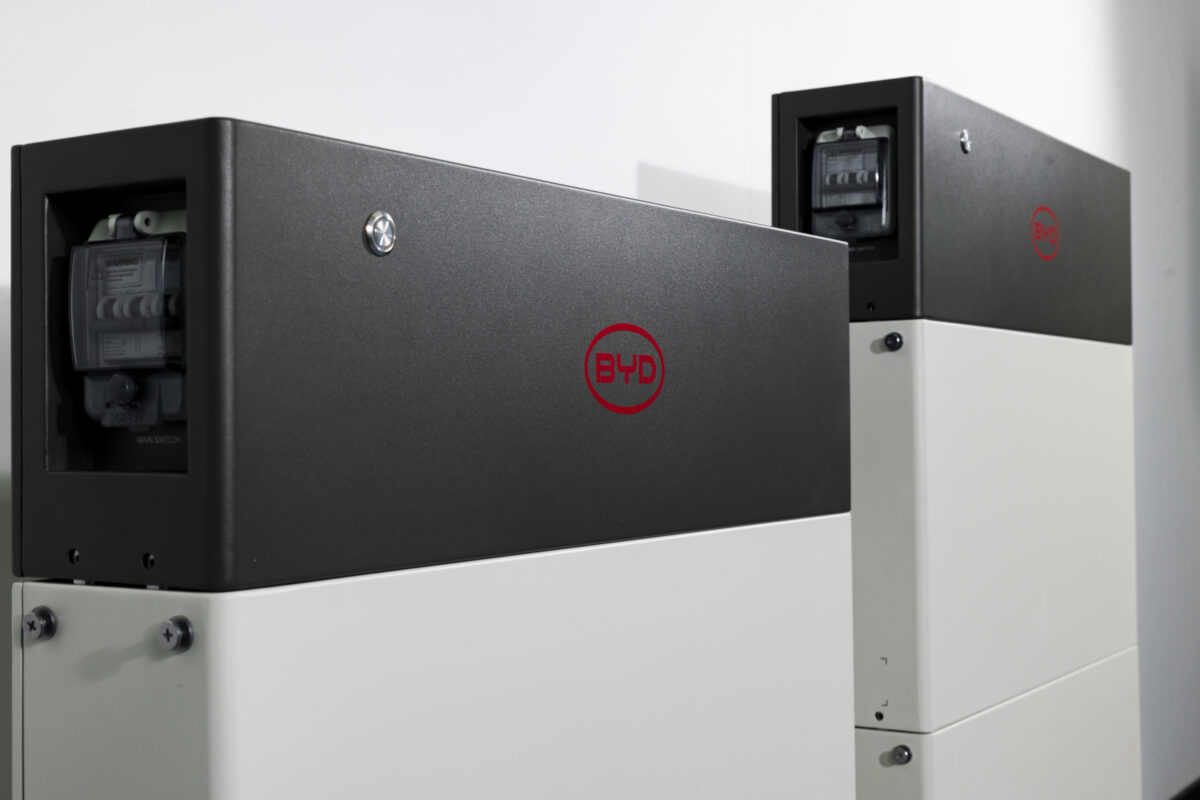Researchers from China have developed a new radiative cooling technology for photovoltaic devices that can reportedly achieve a cooling power density of up to 40 W/m2 and a photovoltaic power density of up to 103.33 W/m2.
Radiative cooling occurs when the surface of an object absorbs less radiation from the atmosphere and emits more. As a result, the surface loses heat and a cooling effect can be achieved without the need for power.
The scientists explained that their transmission-type daytime radiation cooling system consists of a chamber made of ethylene-tetrafluoroethylene (ETFE) and polydimethylsiloxane (PDMS) that is placed above the solar cell. These materials have both high solar transmittance and mid-infrared emissivity.
“Solar cells demonstrate significant mid-infrared absorptivity alongside the sunlight band,” the team explained. “Traditional daytime radiative cooling materials exhibit high reflectivity within the sunlight band (0.28–2.5 mm) and high midinfrared emissivity in the 8–13 mm atmospheric window. The compatibility of daytime radiative cooling with solar cells for efficient energy conversion has posed challenges due to the need to reflect sunlight.”
To overcome these challenges, the team began by analyzing functional groups, which resulted in finding ETFE and PDMS as the best options. Following that, various thicknesses of ETFE films and PDMS films were tested. Finally, the team decided to use ETFE with a thickness of 150 μm as the upper layer material for the chamber and PDMS with a thickness of 5 mm as the lower layer material for the chamber.
“A laser engraving machine was used to carve two acrylic panels, each measuring 20 cm in length and 12 cm in width, into an empty rectangle with dimensions of 17 cm in length and 10 cm in width at the center,” the academics said. “The ETFE and PDMS films were clamped between the acrylic panels and secured with screws, creating a 5-mm-thick chamber between the two films.”
The chamber was placed over a monocrystalline silicon solar cell with an efficiency of 13%. To optimize radiative cooling efficiency, an air pump introduces air through the chamber's entrance and exhausts it from the opposite side at a flow rate of 20 L/min. This experimental system was tested outside on a sunny October day in Nanjing, eastern China.
“The device demonstrates excellent stability over six hours, exhibiting an average cooling power of approximately 40 W/m2,” the scientists said. “The maximum photovoltaic power output reaches up to 120 W/m2 at noon without the chamber; however, this value slightly decreases to 103.33 W/m2 when covered with the chamber. Furthermore, the power conversion efficiency of the solar cell is 11.42%, compared to 12.92% for the bare solar cell.”
Following the real-life experiment, the team conducted a multiphysics simulation using the COMSOL software to see if the system could be improved. “Simulation results indicate that enhancing the air flow rate within the air chamber and reducing its absorptivity in the sunlight band can significantly improve performance. When the cooler's absorptivity drops to 1%, the radiative cooling power can reach as high as 68.74 W/m2,” they further explained.
The system was presented in “Tandem daytime radiative cooling and solar power generation,” published in Cell Reports Physical Science. The team included scientists from China's Nanjing University of Aeronautics and Astronautics and the Chinese Academy of Sciences.
Radiative cooling was recently applied to solar panel cooling by researchers from Shanghai Jiao Tong University in China, Purdue University in the United States, the Catalan Institute of Nanoscience and Nanotechnology and the Instituto de Ciencia de Materiales in Spain, and the Jordan University of Science and Technology and the Australian College of Kuwait.
This content is protected by copyright and may not be reused. If you want to cooperate with us and would like to reuse some of our content, please contact: editors@pv-magazine.com.



By submitting this form you agree to pv magazine using your data for the purposes of publishing your comment.
Your personal data will only be disclosed or otherwise transmitted to third parties for the purposes of spam filtering or if this is necessary for technical maintenance of the website. Any other transfer to third parties will not take place unless this is justified on the basis of applicable data protection regulations or if pv magazine is legally obliged to do so.
You may revoke this consent at any time with effect for the future, in which case your personal data will be deleted immediately. Otherwise, your data will be deleted if pv magazine has processed your request or the purpose of data storage is fulfilled.
Further information on data privacy can be found in our Data Protection Policy.